Create uniform coatings with the GO for rGO route
Graphene-based coatings can offer exceptional protection against corrosion, water and gas. However, achieving a stable dispersion of pristine graphene can be challenging due to the absence of functional groups, making it difficult to create a uniform coating. To simplify the application of a graphene coating, we use the Graphene Oxide for Graphene route! GO for rGO!
Graphene Oxide (GO) can be easily dispersed in polar medias, applied on the desired surface, and then reduced to form a uniform coating of reduced Graphene Oxide (rGO).
Reduced Graphene Oxide has almost the same properties as graphene, and there are several methods to achieve the reduction from GO to rGO:
Thermal reduction: By exposing the coated textile to specific temperatures, Graphene Oxide can be thermally reduced. This process typically involves direct heating or the use of infrared radiation.
Chemical reduction: This method leverages various reducing agents to initiate the reduction process. The choice of agent depends on the desired properties of the reduced Graphene Oxide as well as its compatibility with the textile.
Electro-chemical reduction: Using electrodes in an electrolyte solution, an electric field facilitates the reduction of Graphene Oxide. This method is precise and can be tuned to achieve specific characteristics in the resultant reduced Graphene Oxide.
The GO for rGO route opens endless possibilities to effectively integrate graphene into final coating products, significantly enhancing their anti-corrosion and water-repellent properties.
Anti-corrosion
Corrosion is a costly problem that leads to the decline of infrastructure, equipment failure, and substantial financial losses across numerous industries. The anti-corrosive capabilities of rGO present a promising solution to combat this issue. rGO’s impermeable nature acts as an effective shield against corrosive agents, preventing the degradation of materials and structures. Its corrosion resistance is further enhanced thanks to its exceptional electrical and thermal conductivity, making rGO-based coatings a favourable substitute to conventional coatings and protective measures.
Water-repellence
Corrosion damage poses vast challenges for numerous industries, affecting the durability and structural integrity of various materials. The water-resistant capabilities of rGO offer an innovative approach to mitigate these effects. With its unique arrangement of carbon atoms, rGO creates a hydrophobic layer that effectively repels water. This property can be leveraged to develop rGO-based coatings, membranes, and other products that effectively prevent water penetration.
Industrial opportunities
Manufacturing: Graphene's anti-corrosion properties could transform the manufacturing sector by improving the longevity and durability of products. Graphene-based coatings can extend the lifespan and reduce maintenance needs of everything from automobiles to consumer electronics.
Infrastructure: Graphene's water-repellent capabilities holds great potential in infrastructure development. By applying graphene-based layers to building materials such as concrete and steel, water infiltration can be prevented, reducing the likelihood of structural damage and prolonging material life. This type of innovation could ensure more durable and reliable constructions such as buildings and bridges.
Energy: Graphene's resistance to corrosion positions it as a promising material for improving the lifespan of critical installations such as solar panels, wind turbines, and energy storage systems, improving their efficiency and reducing maintenance costs. Graphene's conductivity can be leveraged in energy transmission, enabling more efficient electricity distribution.
As research and development in this field continue, graphene has the potential to revolutionize various sectors, moving us closer to a new era of durability, sustainability, and performance.
Let’s talk about how we can enhance your products with our GO for rGO route!






